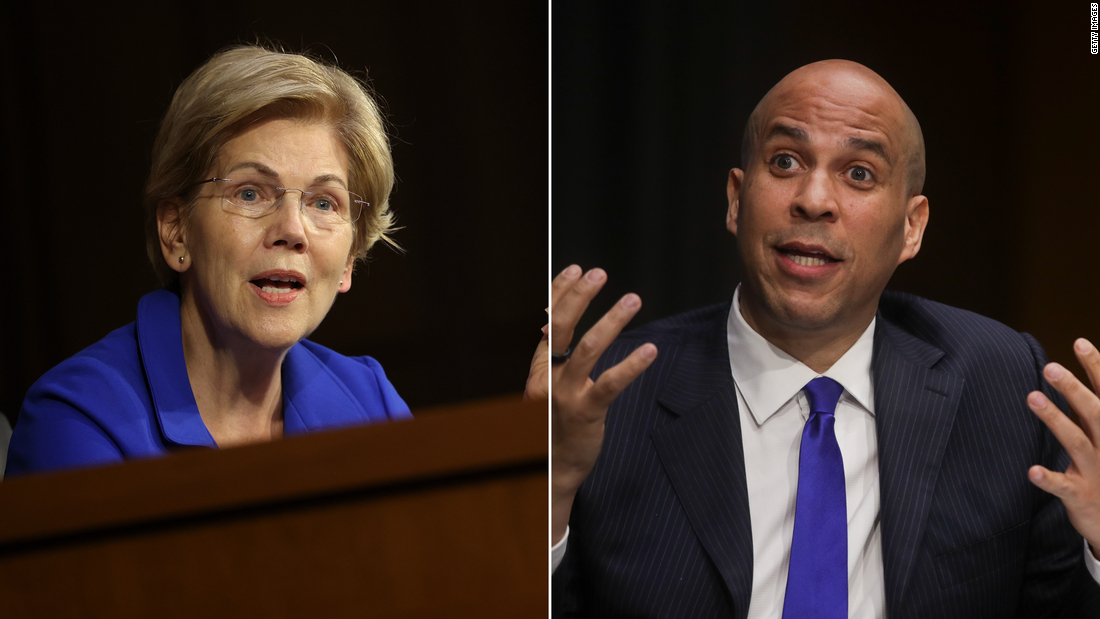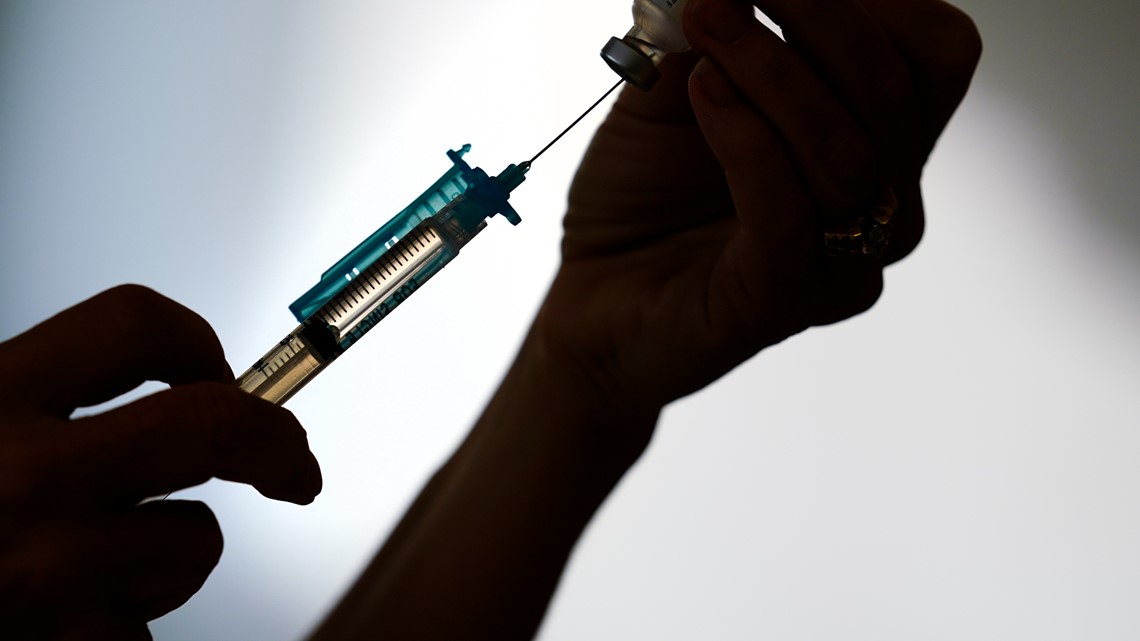Sorry, but you're off by an order of magnitude on the US daily case count. (if you're trying to find the data on the CDC site, I get it - their UI is awful!)
The NY Times has a pretty navigable site:
https://www.nytimes.com/interactive/2021/us/covid-cases.html
DAILY case count in the US as of Dec 30 was
344,543.
You should also read again what I wrote. (FYI, order of magnitude means something else).
And as the data is maturing and the patterns become clearer, you can see we have +200K new cases in the USA for the past week, yet we still don't see the uptick in deaths which are around 1.2K/day.
I used +200K referring to last week specifically to compensate for delay of 10-14 days that deaths follow cases and symptomatic case reporting delays. This approach has been pretty decent in detecting how bad the situation is with the previous waves even when cases were underestimated, and you have also noted the phenomenon:
the number of people being hospitalized and put in ICU inch up very slowly, but the daily case counts have gone through the roof! The testing centres are actually overwhelmed, so we know the daily numbers are much higher than reported. (People are also being told that if they don't actually NEED a test to stay home and self-isolate for 7-10 days).
If you look at past waves, you could always see rising deaths by this time of the spike of cases so the current situation is objectively different. We can argue that since we see hospitalizations going up (again at a much lower rate than with other waves) but not deaths, the mortality differential could be due to a number of factors:
Mortality reducing:
A) A new variant with lower mortality
B) Better treatments
C) Better immunity
Mortality increasing:
D) Staffing shortage
Reporting modifiers:
E) Delays in reporting deaths
F) New variant with protracted course (i.e. delayed death)
G) Multiple variants with highly different prevalence and mortality rates (e.g. a concurrent Delta outbreak)
This is where the present data is way immature and laggy to make a comment, but again I try to account for reporting modifiers by looking at cases 7-14 days before deaths. I could make an analysis to factor all of these in, but I don't get paid for it, and all of these variables get into place without me using a lot of my time, so why bother.
There have been deaths due to Omicron. If you read what I wrote, the vaccines DO help prevent severe symptoms - so we should definitely see lower rates of hospitalizations, deaths and long-covid.
Yes, reading your post the third time, I did miss the statement in parentheses on the symptoms, as my attention was grabbed away by your calling the 3rd doses "wish and prayer" and your call for a "new vaccination solution."
The new vaccination solution I can foresee in the near future is using predictive modeling to time the annual/semiannual booster dose. Vaccines just cannot be developed (safely) quicker than these variants develop. Probably we'll do what we do with the Flu: try to predict what's coming and rotate vaccines based on these predictions.
My trigger point here was that a method that reduces hospitalization risk is never a hail Mary.


 www.cnn.com
www.cnn.com


